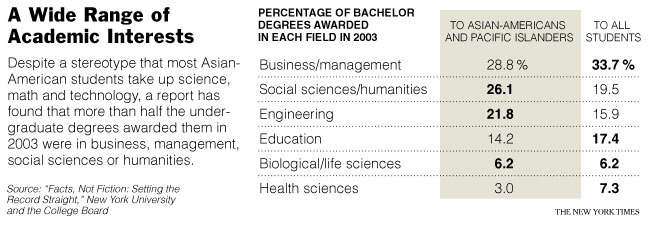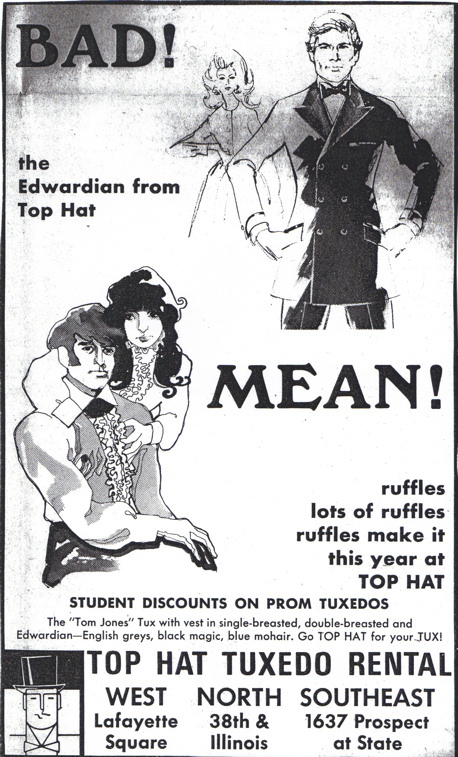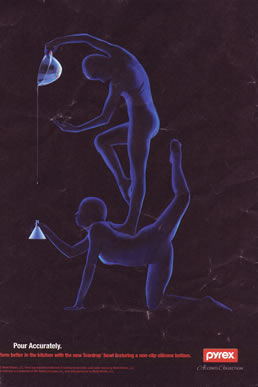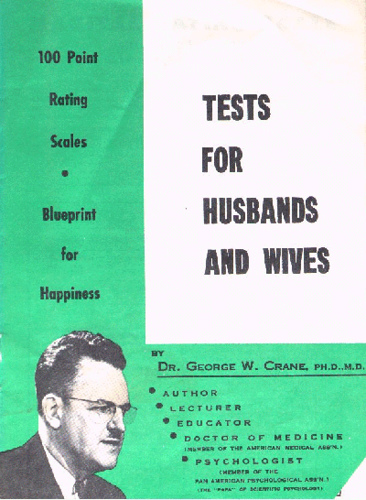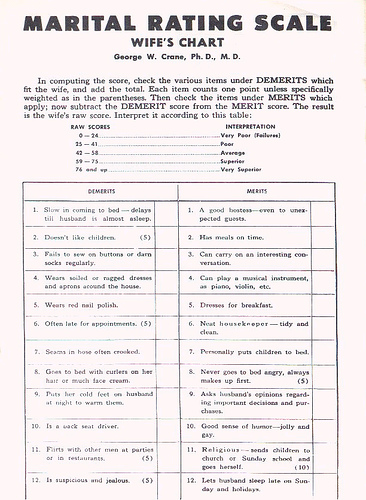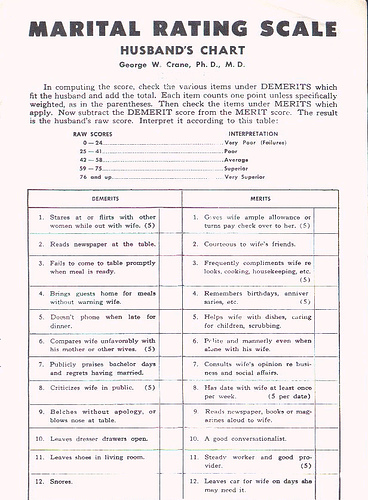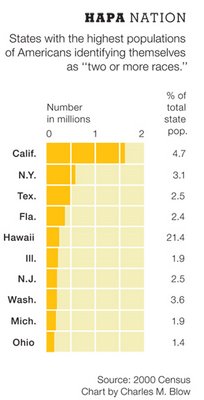In case you haven’t seen the FOX News commentary in which the host suggests that a fist bump between Obama and his wife is a secret terrorist signal, you can see it here. (And I thought this was bad.)
Here’s an image of the infamous terrorist signal:
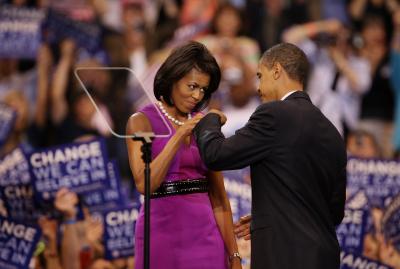
NEW! It’s not an image, but Patrice Evans has an interesting essay on the “fist bump heard ’round the world,” arguing we should celebrate National Fist Bump Day.

